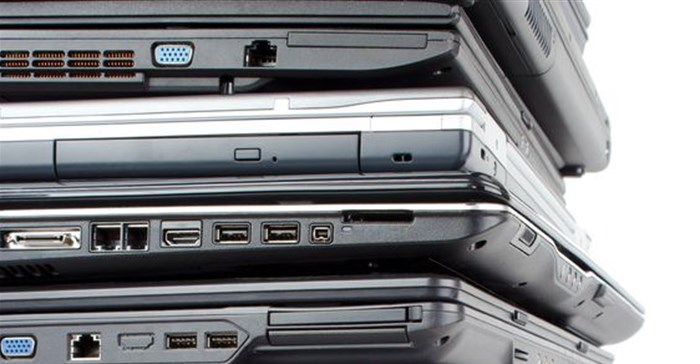






There are no easy solutions to the many enmeshed challenges of e-waste, but by designing for reuse, repair, refurbishing and recycling, we can make real progress.
For all the concern about user experience in design, there is one aspect of product design that gets ignored entirely too often by others – one that has major impacts on the business, the environment, and people around the world: end-of-life design.
Designing for a second life requires a deep understanding of the downstream processes for handling electronics. One way to enable this is to open up dialogue between designers and recyclers. These experiences and conversations with recyclers get the designers thinking about beautiful products that are also optimised for repair, refurbishment, and recycling.
Big and small changes can make refurbishing and recycling significantly easier. For instance, on a recent field trip our engineers learned that having laptop cases open from the top instead of the bottom greatly extends the time it takes to dismantle. Using snap fits vs. glues and adhesives help minimise processing time. And designing instruction manuals with icons, pictures, and videos rather than text allows recyclers to work and repair at the same time instead of pausing to read detailed instructions.
Modular thinking is another way to address e-waste. One example that we’ve employed with our commercial notebooks is creating a single access door for all major components, which makes it easier for users to repair by themselves versus requiring a user guide and trained technician.
Turns out “trash” can be a workable and cost effective material for designers. We’re seeing it in the growth of the circular economy, with innovative uses of waste products being turned into the building blocks of exciting projects and products.
Adidas, for example, just made a https://www.engadget.com/2016/11/04/adidas-ultraboost-uncaged-parley/ slick shoe]] out of ocean plastic – a material we’re exploring for use in our packaging.
This idea of turning trash into treasure holds true for electronics design as well. Some of us in the industry are using recycled plastics for our products. At Dell, we are turning the plastic from e-waste into new parts for OptiPlex all-in-ones, desktops and monitors. We are also using other industries’ excess carbon fiber in select Latitude, and Alienware laptops.
Critical to all of this is strong recycling infrastructure. If Dell did not have recycling operations in 83 countries and territories, “closing the loop” would become more challenging. We owe it to our customers, our communities and our planet to continue pushing the boundaries of what’s possible with design.
It’s not always just about the beauty on the outside, but the hidden beauty: the resources we leave out, what we recycle, and how we extend the workable life for the next person to enjoy.